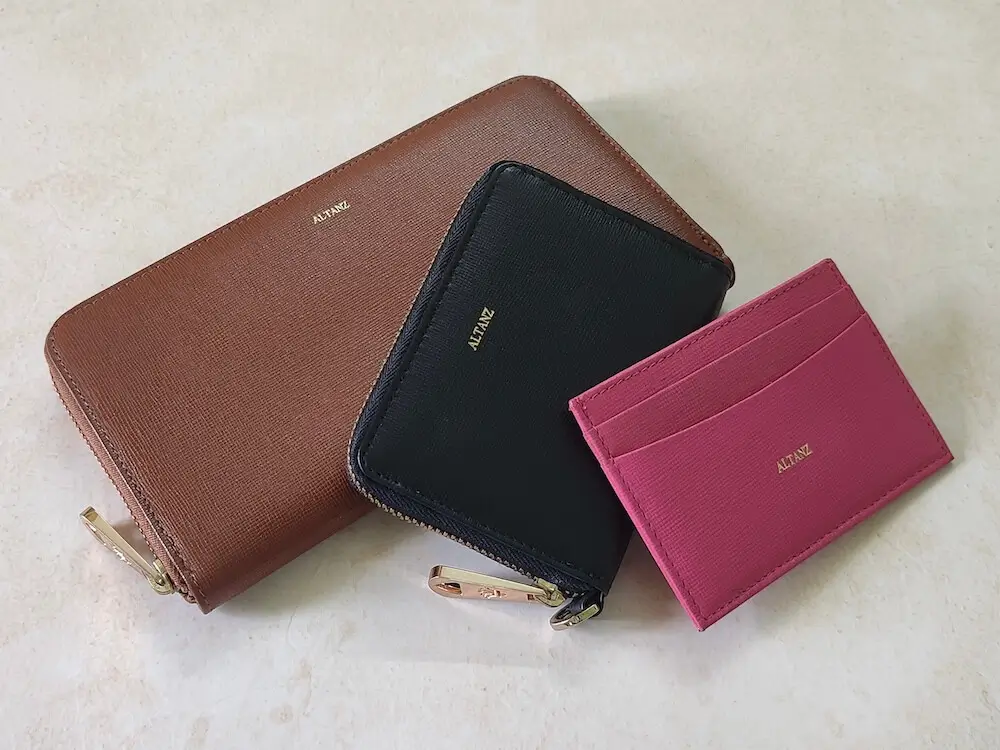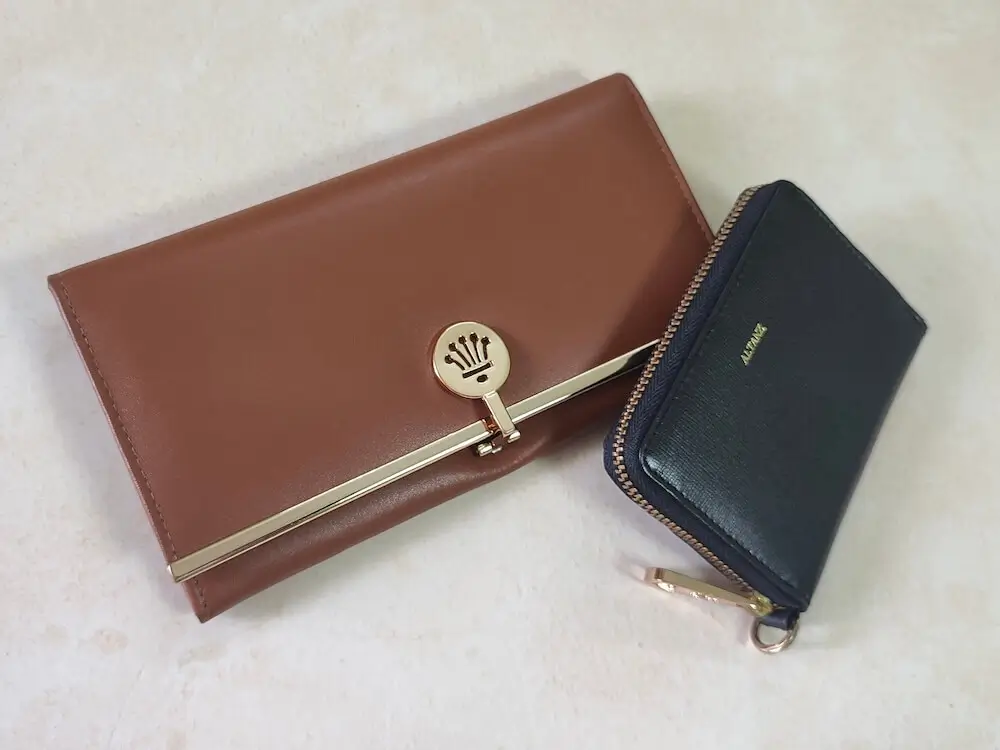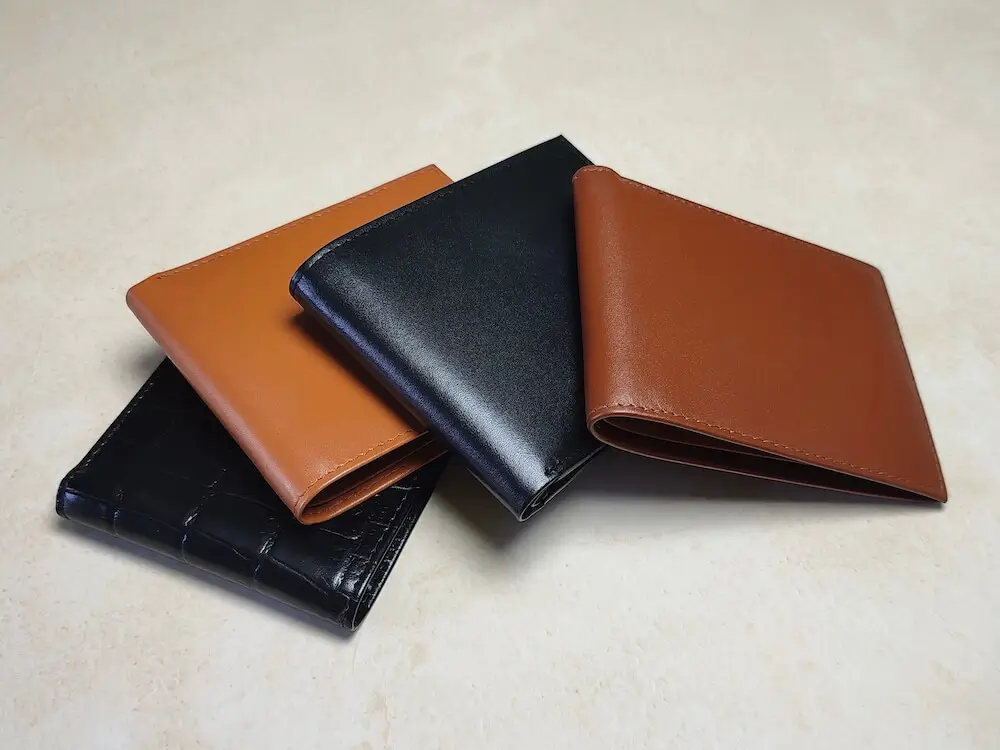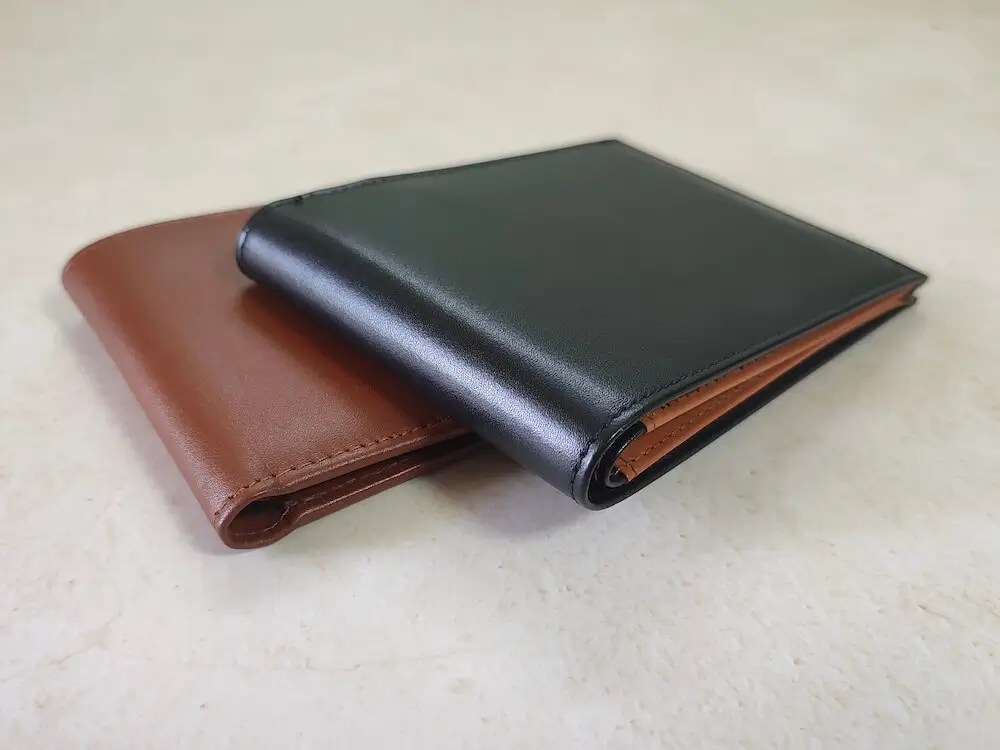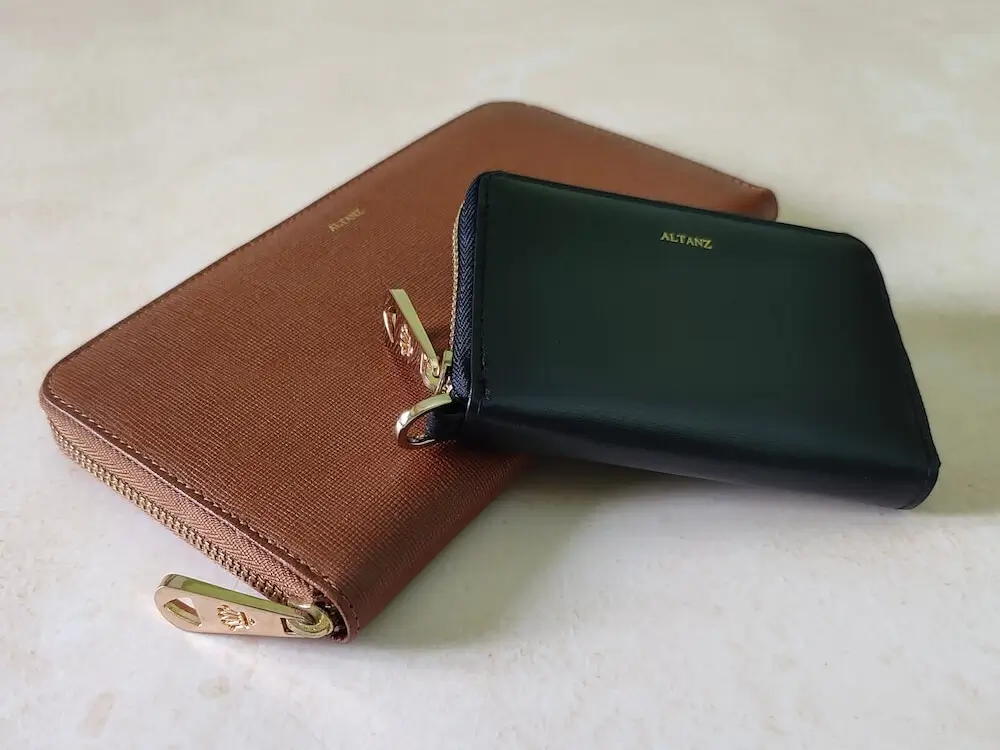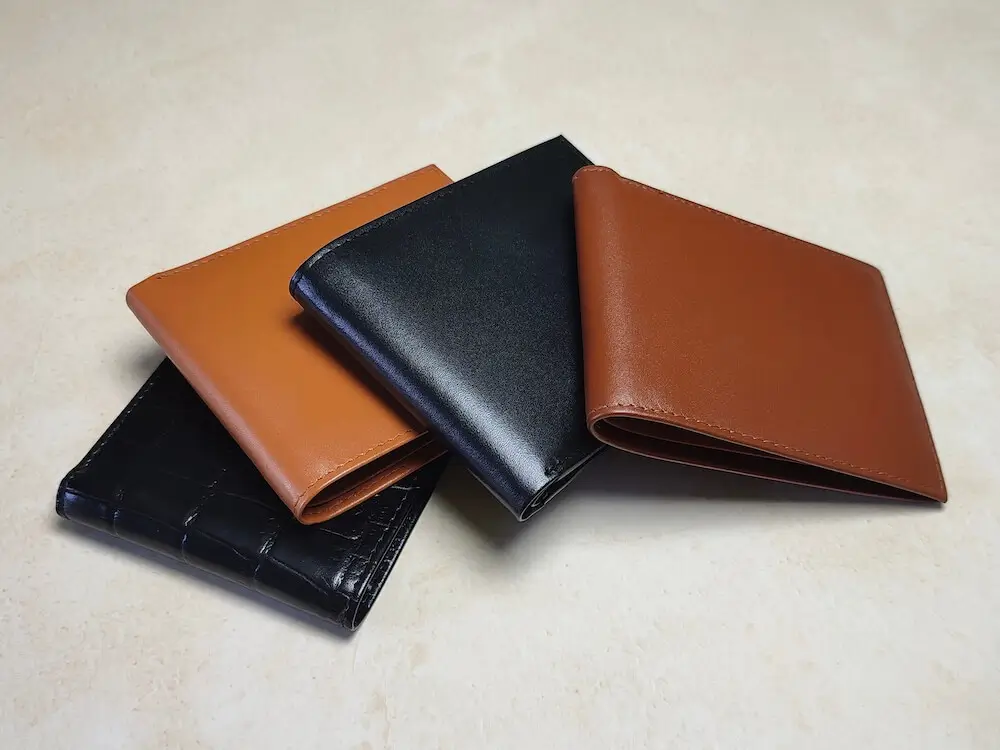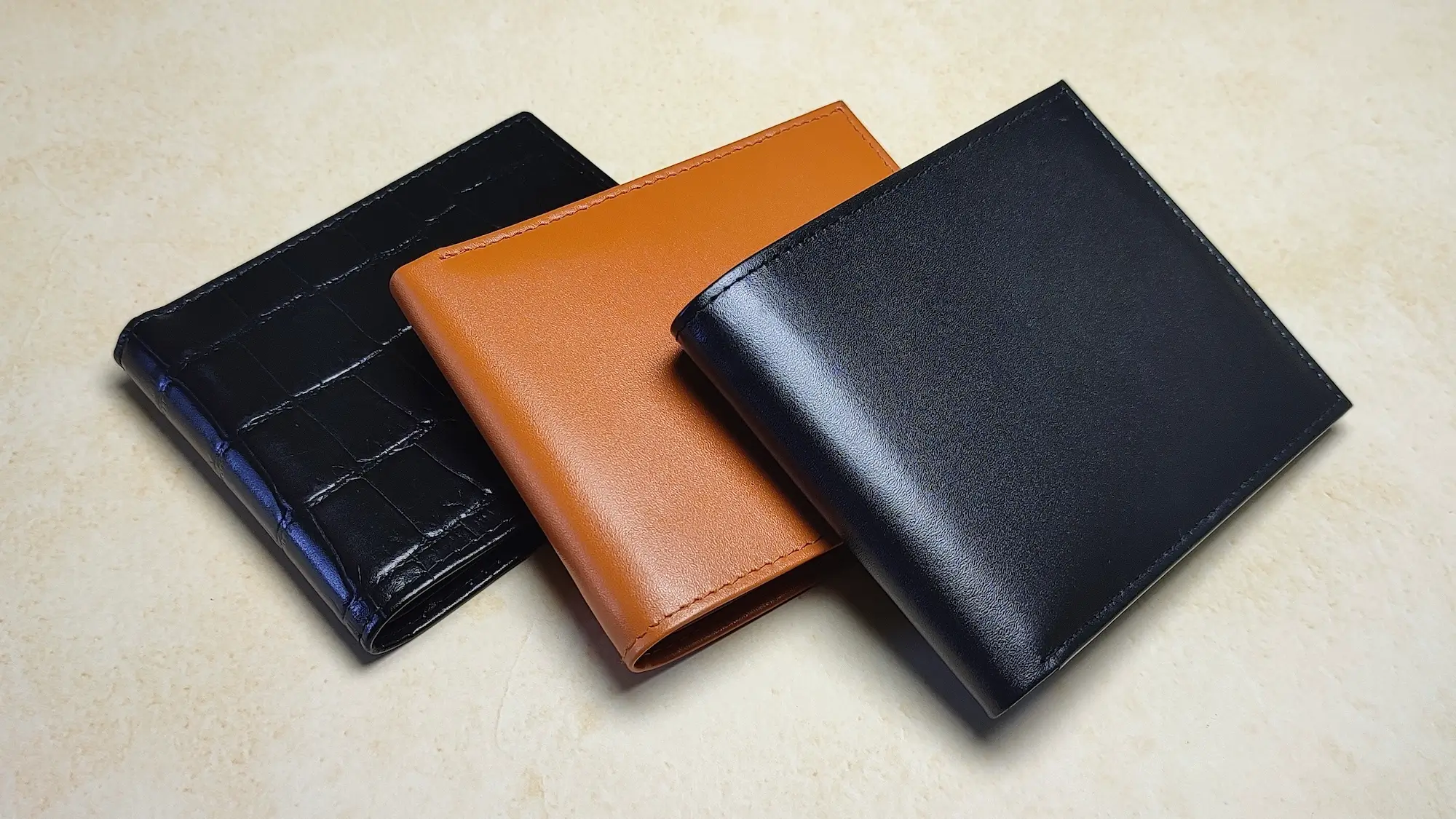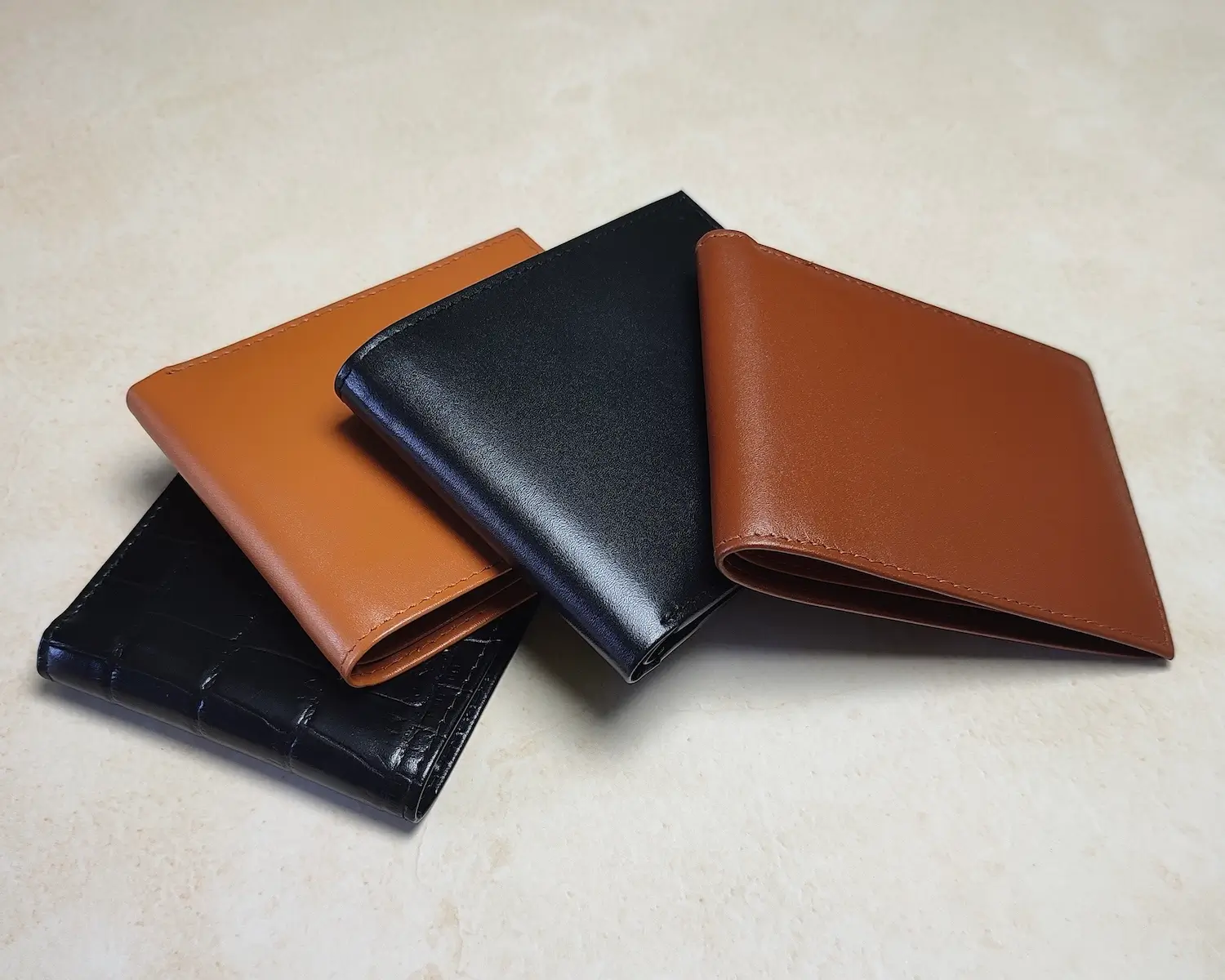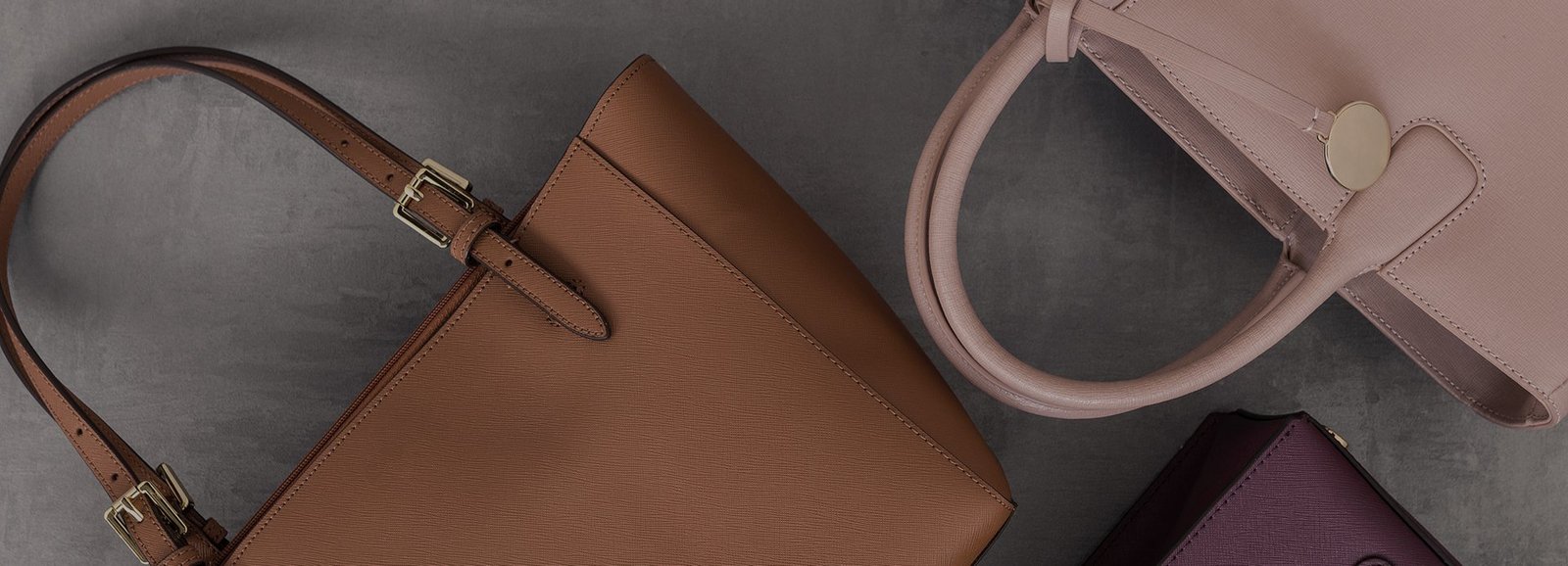Craftsmanship & Heritage
The Process of Vegetable-Tanned Leather: How It’s Made
Introduction
Vegetable-tanned leather is celebrated for its durability, natural beauty, and eco-friendly production process. Rooted in ancient techniques, vegetable tanning uses plant-based materials to transform raw hides into supple, long-lasting leather.
This article delves into the meticulous process of vegetable tanning, highlighting its unique features and timeless appeal.
What Is Vegetable-Tanned Leather?
Vegetable-tanned leather stands out as one of the most traditional and sustainable forms of leather. Its natural composition and artisanal production process make it a favorite among leather enthusiasts.
Definition and Characteristics
Vegetable-tanned leather is crafted using tannins derived from plant materials:
- Natural Tannins: Extracted from tree bark, leaves, and other organic sources.
- Rich Aesthetics: Features earthy tones, visible grain patterns, and a firm yet flexible texture.
- Aging Gracefully: Develops a unique patina over time, reflecting its journey of use.
History of Vegetable Tanning
The origins of vegetable tanning date back thousands of years:
- Ancient Techniques: Used by Egyptian, Roman, and medieval craftsmen for armor, footwear, and tools.
- Cultural Legacy: Traditional tanning methods have been passed down through generations in countries like Italy, renowned for premium vegetable-tanned leather.
Why Choose Vegetable-Tanned Leather?
This leather type offers numerous advantages:
- Eco-Friendly: Made without harmful chemicals like chromium, reducing its environmental footprint.
- Durability: Long-lasting and able to withstand years of use.
- Aesthetic Appeal: Each piece is unique, with natural imperfections that add to its character.
Materials Used in Vegetable Tanning
The vegetable tanning process relies on a combination of organic and high-quality materials.
Natural Tannins
Plant-based tannins are the cornerstone of this process:
- Tree Barks: Oak, chestnut, and mimosa are commonly used for their high tannin content.
- Leaves and Fruits: Myrobalan fruits and quebracho leaves also contribute to the tanning solution.
- Sustainable Sources: Tannins are often harvested responsibly to preserve natural ecosystems.
Premium Raw Hides
The quality of the hide directly impacts the final product:
- Full-Grain Hides: Retain the entire grain layer, ensuring durability and character.
- Ethical Sourcing: Hides are typically byproducts of the meat industry, minimizing waste.
Water and Time
The vegetable tanning process depends on water and patience:
- Water Baths: Essential for soaking hides and extracting tannins.
- Time-Intensive: The process can take several weeks to ensure thorough tanning.
The Step-by-Step Process of Vegetable Tanning
Vegetable tanning is a meticulous and labor-intensive process, emphasizing quality and tradition over speed.
Step 1: Preparation of the Hides
The process begins with preparing the raw hides:
- Cleaning: Removing hair, fat, and other impurities to ensure a clean surface.
- Soaking: Hides are soaked in water to soften them and make them pliable.
- Pre-Treatment: Sometimes, lime is used to remove excess proteins and prepare the hide for tanning.
Step 2: Immersion in Tannin Baths
The core of the vegetable tanning process involves soaking hides in tannin-rich solutions:
- Gradual Tanning: Hides are immersed in baths of increasing tannin concentration to ensure even absorption.
- Patience Required: This step can take weeks, allowing the tannins to penetrate deeply into the hide.
- Transformation: The hides transition from raw material to supple leather, gaining strength and a distinct texture.
Step 3: Drying and Shaping
Once tanned, the leather is carefully dried and shaped:
- Air Drying: Hides are hung or laid flat to dry slowly, preserving their natural properties.
- Stretching and Shaping: The leather is stretched to maintain its form and prevent shrinkage.
Step 4: Finishing and Conditioning
The final step enhances the leather’s appearance and usability:
- Surface Treatments: Polishing, dyeing, and oiling create a smooth and vibrant finish.
- Conditioning: Natural oils or waxes are applied to keep the leather soft and protect it from drying out.
Unique Features of Vegetable-Tanned Leather
Vegetable-tanned leather is cherished for its distinct look, feel, and eco-conscious production.
Distinctive Look and Feel
- Earthy Tones: Natural variations in color give each piece a one-of-a-kind appearance.
- Firm Yet Flexible: The leather feels sturdy but softens over time with use.
Aging Gracefully
- Patina Development: Over time, the leather darkens and gains a glossy sheen, reflecting its use and care.
- Timeless Character: The aging process enhances the leather’s appeal rather than detracting from it.
Eco-Friendly Appeal
- Biodegradable: Vegetable-tanned leather is free from harmful chemicals and breaks down naturally.
- Low Environmental Impact: The reliance on plant-based materials makes it a sustainable choice.
Applications of Vegetable-Tanned Leather
Vegetable-tanned leather is highly versatile and used across various industries to create durable and elegant products.
Handcrafted Accessories
Artisans prefer vegetable-tanned leather for its workability and timeless appeal:
- Belts and Wallets: Its sturdiness ensures these daily-use items last for years.
- Watch Straps: Vegetable-tanned leather provides comfort and durability, perfect for luxury timepieces.
- Handbags and Totes: The leather’s unique aging process makes each bag more beautiful over time.
Furniture and Décor
Its aesthetic appeal makes vegetable-tanned leather a staple in high-end interiors:
- Upholstery: Used in chairs, sofas, and ottomans for its durability and classic appearance.
- Decorative Goods: Trays, coasters, and journals often feature vegetable-tanned leather for a touch of sophistication.
Artistic and Custom Pieces
The pliability and natural texture of vegetable-tanned leather make it ideal for artistic projects:
- Carving and Tooling: Leatherworkers use it to create intricate designs, such as embossed patterns or stamped artworks.
- Custom Designs: Vegetable-tanned leather is often chosen for bespoke creations, such as saddles, knife sheaths, and folios.
FAQs About Vegetable-Tanned Leather
-
What makes vegetable-tanned leather different from chrome-tanned leather?
Vegetable-tanned leather uses natural tannins and takes weeks to produce, resulting in a more eco-friendly and durable product. Chrome tanning uses chemicals for faster production but lacks the natural beauty and aging qualities of vegetable-tanned leather. -
How long does the vegetable tanning process take?
The process typically takes several weeks, as the hides are soaked in tannin baths of increasing concentration to ensure thorough tanning and durability. -
Is vegetable-tanned leather water-resistant?
While not inherently water-resistant, vegetable-tanned leather can be treated with oils or waxes to improve its water resistance. It’s best to avoid prolonged exposure to moisture. -
Why is vegetable-tanned leather more expensive?
The time-intensive process, reliance on natural materials, and craftsmanship involved in vegetable tanning contribute to its higher cost compared to other types of leather. -
How do I care for vegetable-tanned leather products?
Clean with a damp cloth, condition periodically with leather-safe products, and avoid excessive exposure to sunlight and moisture to maintain its quality and enhance its patina.
Conclusion
The process of vegetable tanning is a testament to the artistry and tradition behind high-quality leather. From its natural materials to the time-honored techniques involved, vegetable-tanned leather stands out for its eco-friendliness, durability, and timeless appeal. Its ability to develop a rich patina over time makes it a favorite among leather enthusiasts and artisans alike.
Whether used in accessories, furniture, or custom pieces, vegetable-tanned leather combines functionality with beauty, ensuring every product tells a unique story. By understanding its process and characteristics, you can appreciate the craftsmanship behind each piece and make informed choices about your leather goods.
FAQ : Frequently Asked Questions
The Process of Vegetable-Tanned Leather: How It’s Made
Answer:
Vegetable-tanned leather uses natural tannins and takes weeks to produce, resulting in a more eco-friendly and durable product. Chrome tanning uses chemicals for faster production but lacks the natural beauty and aging qualities of vegetable-tanned leather.
Answer:
The process typically takes several weeks, as the hides are soaked in tannin baths of increasing concentration to ensure thorough tanning and durability.
Answer:
While not inherently water-resistant, vegetable-tanned leather can be treated with oils or waxes to improve its water resistance. It’s best to avoid prolonged exposure to moisture.
Answer:
The time-intensive process, reliance on natural materials, and craftsmanship involved in vegetable tanning contribute to its higher cost compared to other types of leather.
Answer:
Clean with a damp cloth, condition periodically with leather-safe products, and avoid excessive exposure to sunlight and moisture to maintain its quality and enhance its patina.


